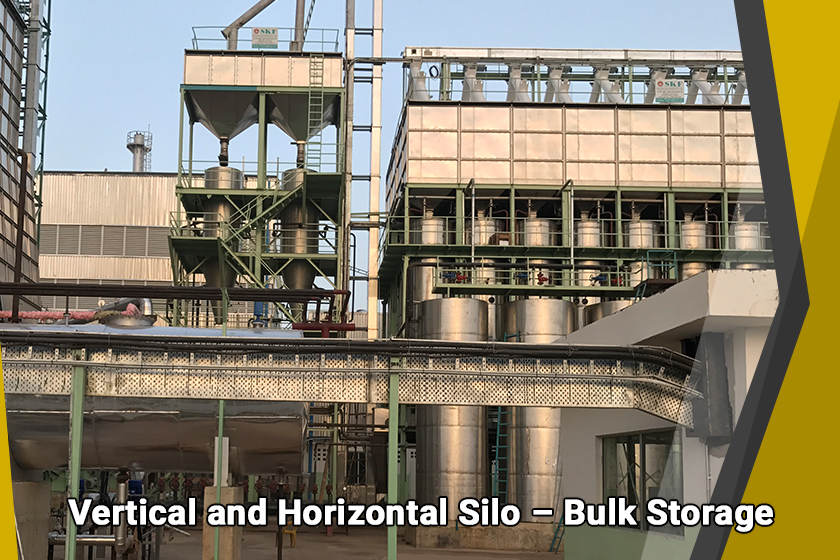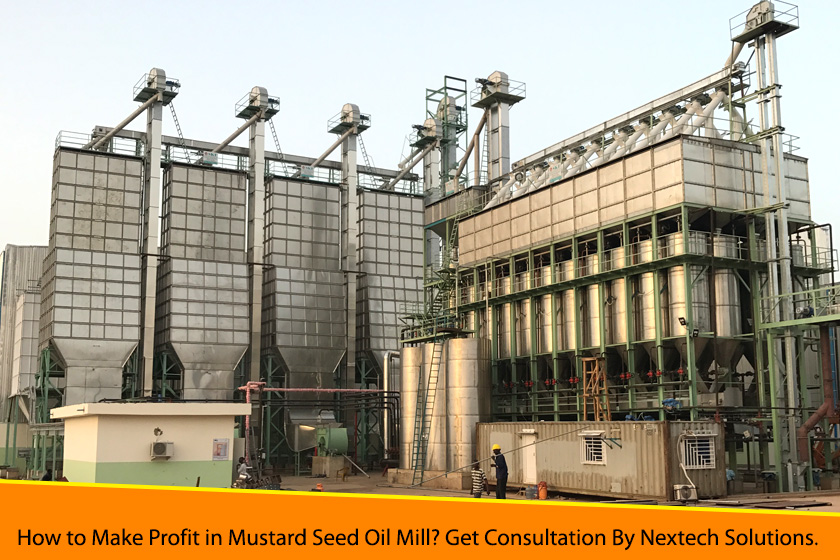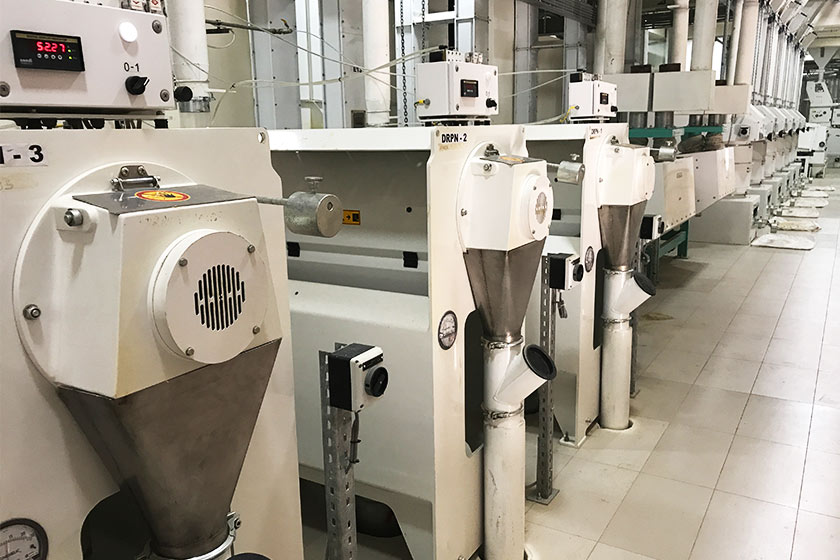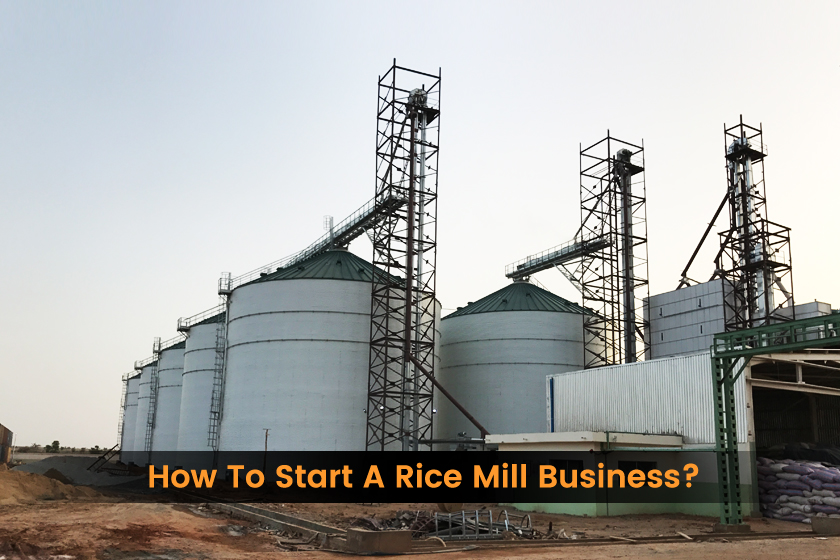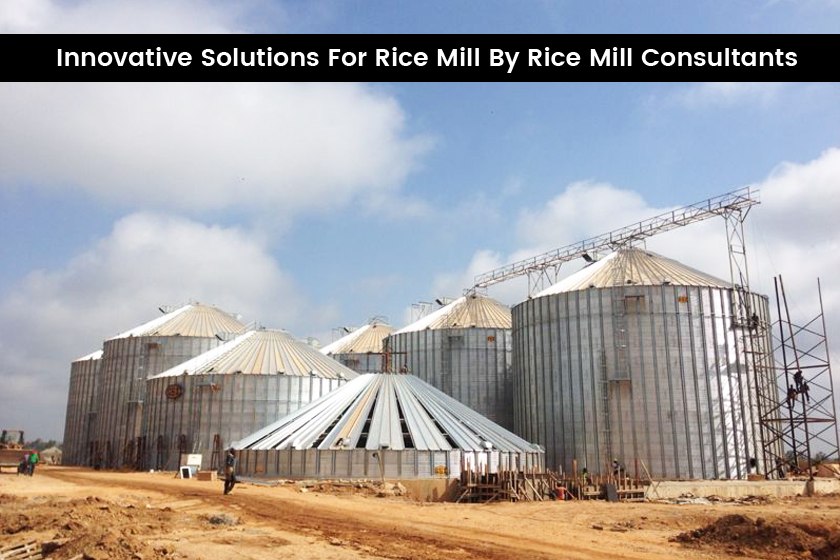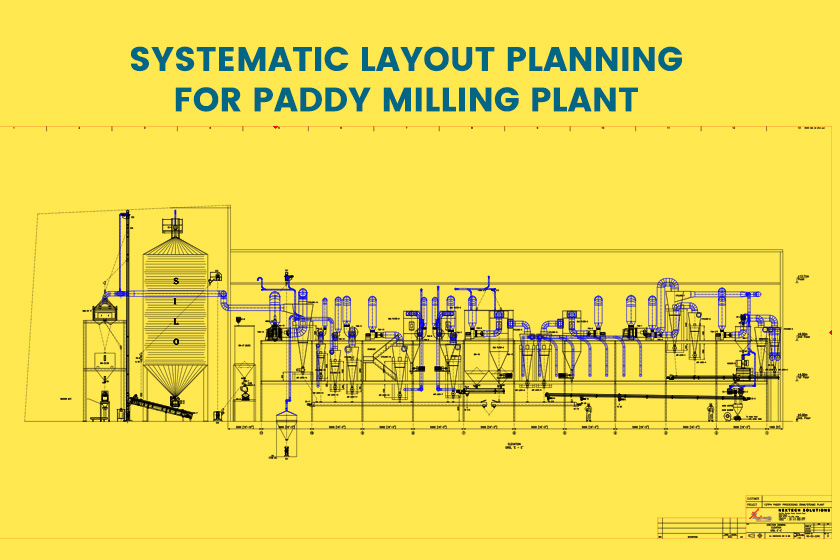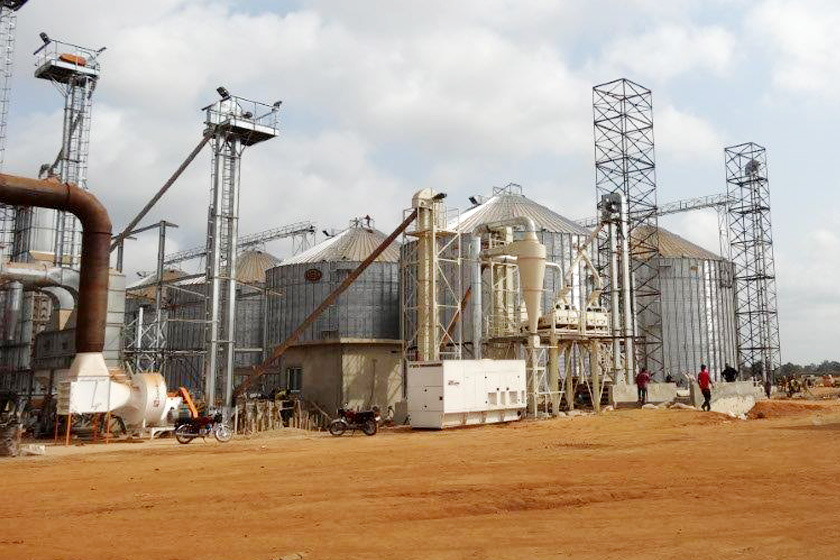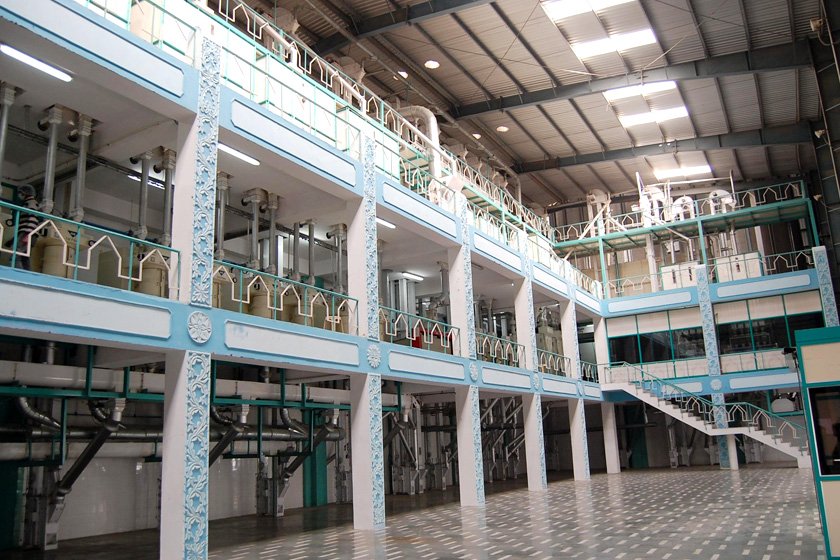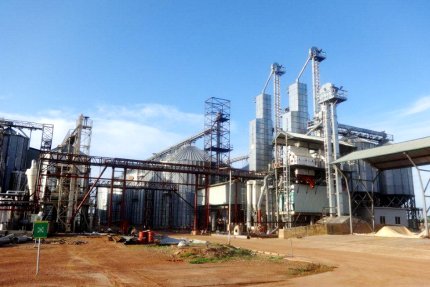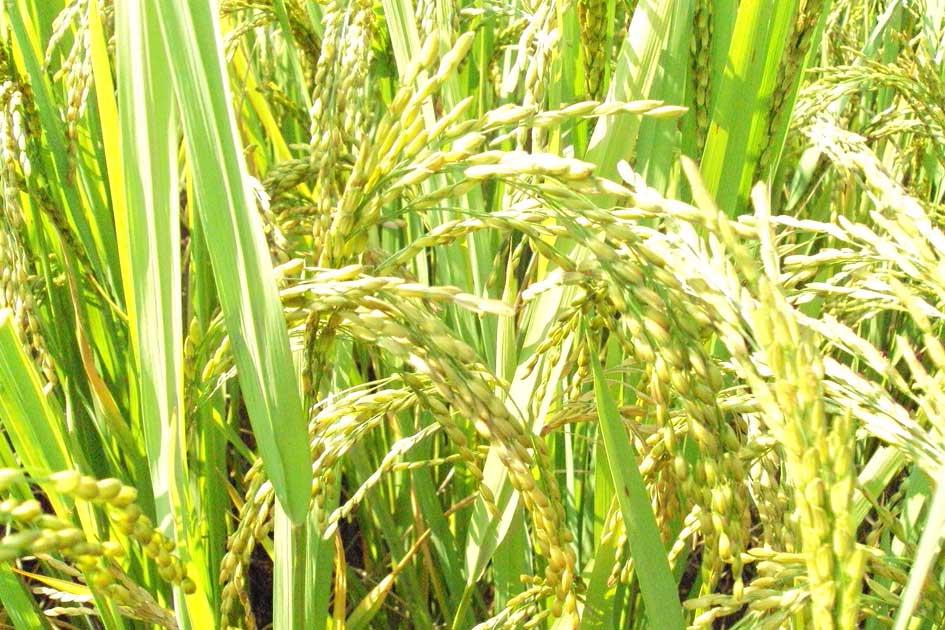Storage silos are containers used for storage of bulk stock. These bulk storage silo systems are used for both short-term storages as well as for long-term storage of food products. Grain Storage Silos are cylindrical in shape and are made up of high-quality galvanized steel. Silos used for short-term bulk grain storage have conical bottom whereas the ones used for long-term storage have a flat bottom to provide the cleanup screw for the discharge purposes. Farmers that store their harvested crops in silos experience improved food security, greater consistency in grain quality, and reduced waste that leads to enhanced agricultural income. As India’s leading rice mill plant consultants – Nextech solutions, also offer storage silos solutions that prove to be the most efficient and effective and protect the grains from being spoiled by rain and pest infestation.
Vertical Silo
The vertical silos are either circular or orthogonal in shape. The customizable diverging funnel flow at the bottom of a vertical silo enables it to handle any type of load. Stainless steel, concrete, and carbon steel plates are the most common materials that are used in the fabrication of vertical silos. The material you choose depends on the weather in your area. The common features of vertical silos include:
- Safety Valve for pressure control
- Silo level blade indicator
- Blowing plant with a nozzle
- Service platform with ladder, back guard and safety guard
Storage silo capacity of vertical silo is around 50-70 tonnes. They have higher capacity when compared to horizontal silos.
Horizontal Silo
Horizontal Silos need more ground space and they come with a mechanic extraction system. For easy removal of the stored material, the mechanic extraction system is placed below the silo. Usually, horizontal silos are installed away from direct heat and sometimes in underground spaces. Few accessories that come with horizontal silos include:
- Warm gear
- Lumps breaker
- Explosion panels
- Silo weighing
- Needle gates
- Bag filters
- Under/overpressure capacity
Conclusion
The best grain storage silo for you depends on the space you can afford to install the silo. Consider your short-term and long-term goals and external factors that may affect your storage needs before investing in a silo. Also, there is a lot of customized silo available depending on the requirements. It’s advisable to talk to a Storage Silo Project Consultant so that your investment won’t go in vain. Having more than 10 years of experience, Nextech Grain Processing & Engineering Solutions Pvt. Ltd. can provide Grain Milling Solutions which will help you increase your business.
 MAIL US :
MAIL US :
 CALL US :
>
CALL US :
>
